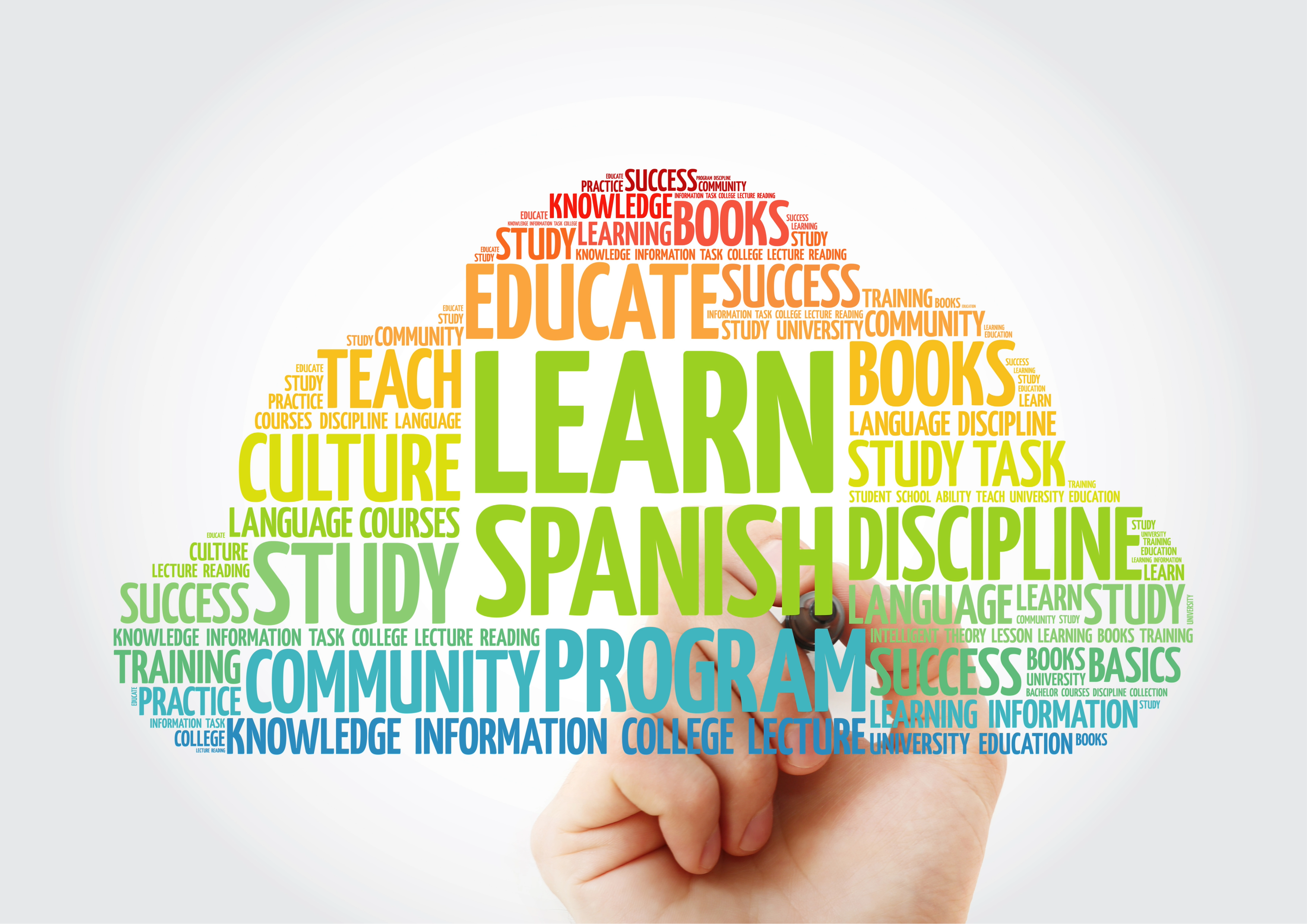
Exploring the Richness of Latin American Culture: Language Through Tradition
Deepen your linguistic skills by embracing the culture behind the words.
Spanish isn’t just a communication tool: it’s a bridge to the diversity of thoughts, customs, and expressions that make Latin America a truly unique continent. For those seeking private Spanish lessons or hoping to improve their pronunciation, immersing yourself in Hispanic culture isn’t a luxury: it’s essential.
Oral Tradition: How Culture Lives in Words
From proverbs to folk legends, oral tradition has been a cornerstone of knowledge transmission throughout Latin American cultures. In 2003, UNESCO recognized the importance of these cultural expressions by declaring oral heritage and traditions an Intangible Cultural Heritage of Humanity.
When a foreign student hears expressions like “más vale pájaro en mano que ciento volando” (a bird in the hand is worth two in the bush) or “al que madruga, Dios le ayuda” (the early bird catches the worm) for the first time, they gain access not only to a phrase but to a shared system of beliefs. These sayings enrich vocabulary and help foster a more natural grasp of the language.
Gastronomy: A Dictionary of Flavors and Words
Learning to order in a restaurant in Lima or Mexico City goes far beyond memorizing a menu. Knowing what an “anticucho” or a “tlayuda” is unlocks an essential part of each region’s identity. As anthropologist Patricia Aguirre points out in her book Ricos flacos y gordos pobres (2005), food is a cultural and social construct that defines our relationship with the world around us.
Festivities That Teach Vocabulary and Values
Latin American celebrations offer chances to practice authentic Spanish in meaningful contexts. Mexico’s Día de Muertos, Peru’s Inti Raymi, or Bolivia’s Carnaval de Oruro are full of region-specific vocabulary, local expressions, and modes of communication you simply won’t find in textbooks.
Taking part in or studying these festivities in personalized Spanish lessons helps contextualize the language, develop active listening skills, and build confidence when speaking about cultural topics.
Professional and Everyday Language: Two Worlds Connected
Many of my students are doctors, engineers, diplomats, or psychologists who need to communicate effectively in Spanish at work. In my private lessons, we also address the social language that underpins every human interaction.
Understanding phrases like “estar en la luna” (to be daydreaming) or “es pan comido” (it’s a piece of cake) is just as important as mastering grammatical structures. Learning to switch between formal and informal registers gives the student the ability to communicate naturally and effectively.
Music and Film: Valuable Resources for Cultural Immersion
Listening to songs by Mercedes Sosa, Rubén Blades, or Shakira, or watching films like Roma (2018, Alfonso Cuarón) or Relatos Salvajes (2014, Damian Zsifron), exposes students to different accents, slang, social themes, and historical contexts. This not only expands vocabulary but also strengthens both auditory and emotional comprehension of the language.
Overcoming the “I Speak Poorly” Psychological Barrier
Many students aiming to improve their Spanish pronunciation or to speak more fluently fear making mistakes. This psychological barrier can be overcome when the language is introduced in a meaningful, culturally rich context. Confidence springs from understanding, not perfection. My classes are designed to create a safe, empathetic, and structured space where students practice, repeat, comprehend, and apply.
Learning Spanish through tradition is an effective, motivating, and sustainable way to progress toward fluency. Whether you’re seeking private lessons, hoping to perfect your pronunciation, preparing for an interview, or simply wanting to connect with Hispanic colleagues, the path to success is paved with cultural insight.
Send me a message to book your trial lesson today!
